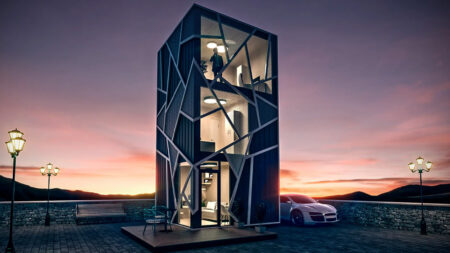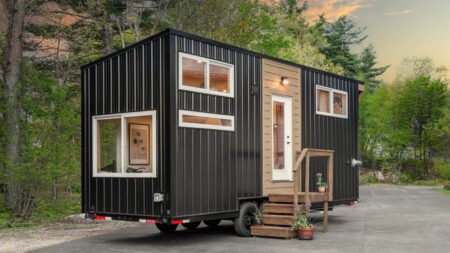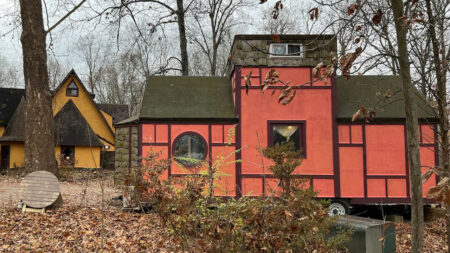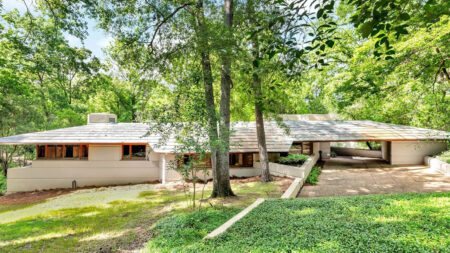Building earth homes from natural materials (that are locally available) reflects back on the age-old times when we humans started ascending the ladder of evolution. Fast forward to the 21st century and technology has changed the complexion of architecture and building methods that we employ. 3D printing has done that in more ways than one. Now, WASP combines both these extremes with their mud house which is 3D Printed using the Big Delta 3D printer that’s tailor-made for building a house with on-site materials.
This is the world’s first 3D printed cob house dubbed Gaia, and it draws inspiration from the intricate art of pottery. The eco-sustainable architecture is the result of research collaboration with RiceHouse. The mud house has a moderate temperature indoors (inherent benefit of a cob house) thanks to the masonry which avoids any need for heating or air conditioning.
Building material
Gaia mud house is made from a composite of various materials like 25% onsite soil (mix of sand, clay, and silt), 40% straw chopped rice, 10% rice husk and 10% hydraulic lime. To make the mixture homogeneous and workable, Muller has been used.
Exterior design of the structure
The external structure is 3D printed using the Crane WASP 3D printer which deposits the cob mixture in such a way that it provides structural strength and geometric variation. The team at WASP took 10 days to 3D-print the 30-square-meter, 40 cm thick wall with an approximate cost of € 900.
Interior design of the structure
Keeping in mind the indoor environment, the monolithic 3D printed wall has an inner shaving clay lamina which is smoothed and oiled with linseed oils. The mud house takes advantage of the Sun with a large window positioned on the South West facing side. The roof of the 3D Printed earth home is made from wood having an insulation layer of lime and chaff.
Also Read: Why Cob House is an Eco-Friendly Building Option
Future prospect
The design holds a lot of weight for architecture’s future which is gradually heading toward flexible 3D printed designs. Combining this new revolution in building methods with the science of cob house building speaks a lot about the obscurity of this mud house.
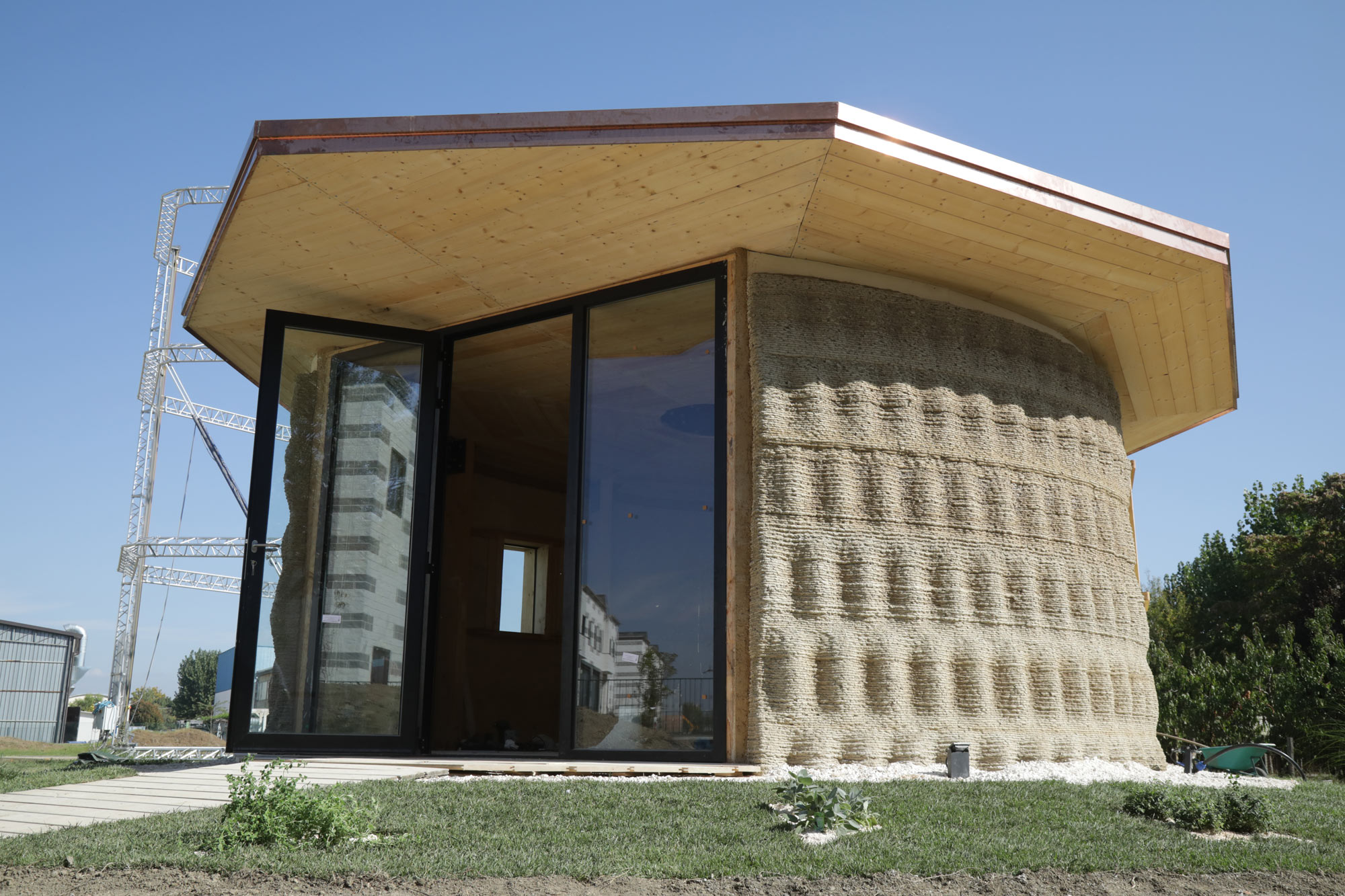
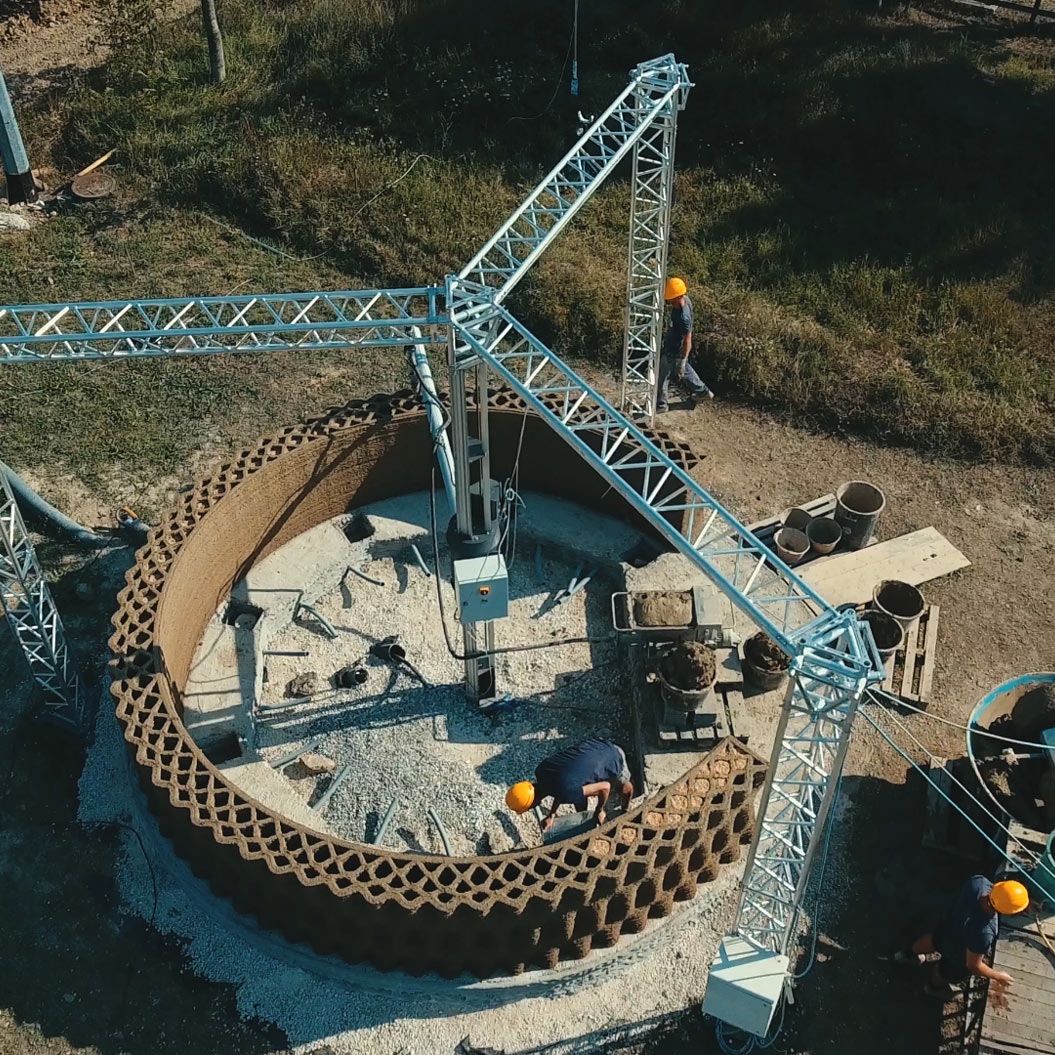
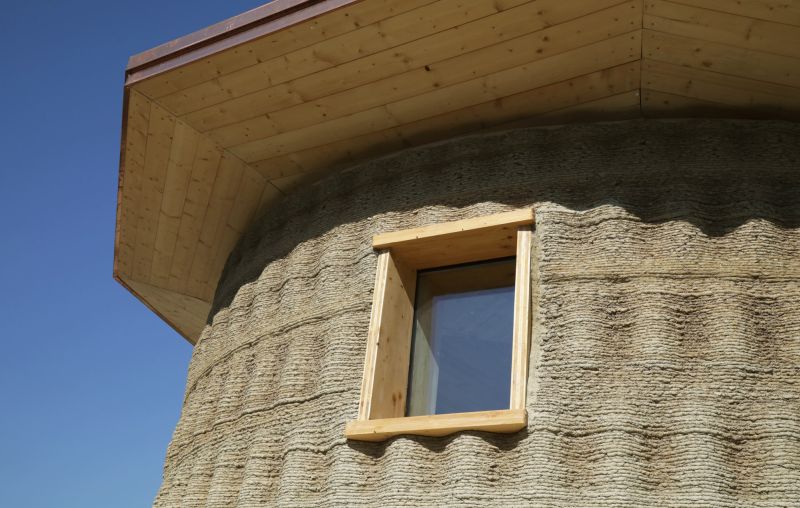
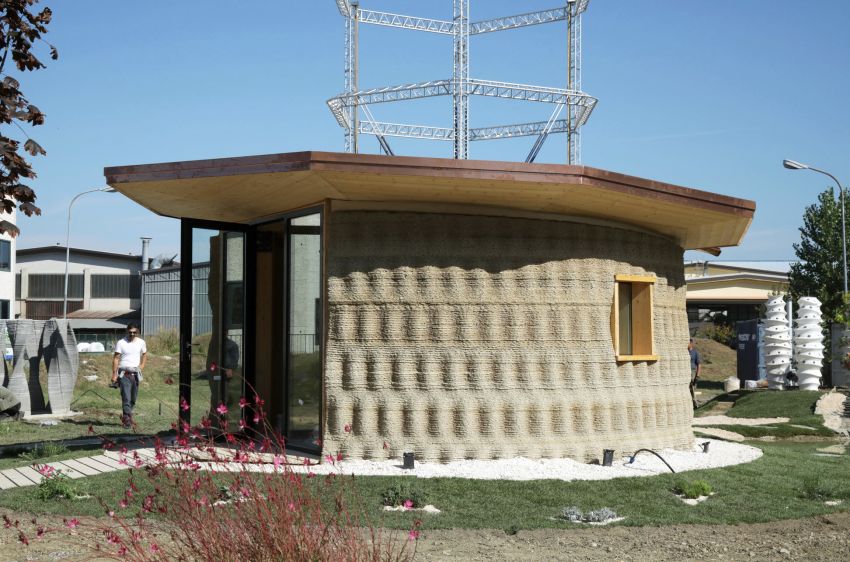
Follow Homecrux on Google News!

